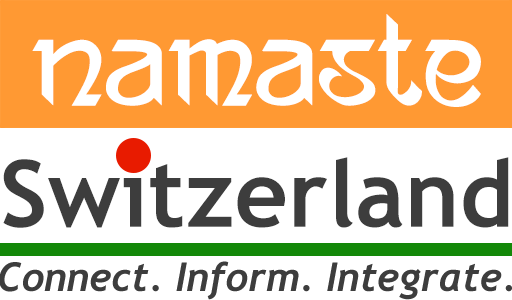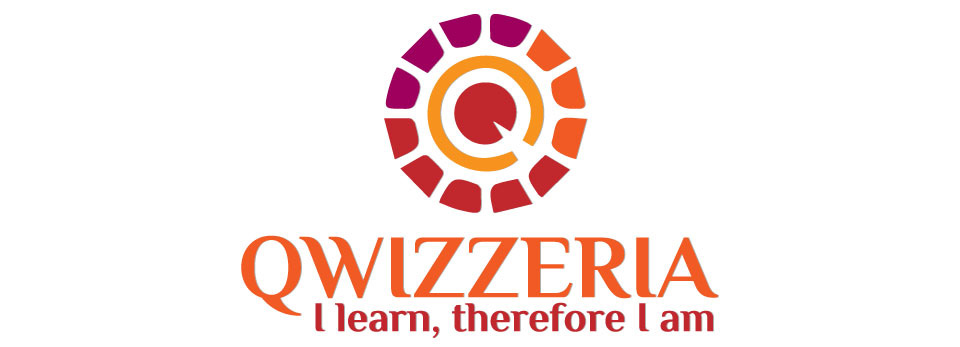As Switzerland gears up to celebrate one of its biggest and most beloved annual festivals, we take you on a journey of the history of the Fasnacht and the highlights of the celebrations for 2020. A mix of joie de vivre, cacophonous music and revelry, Fasnacht celebrations give you the license to be frivolous and carefree – if only for a few days!

Photo credits – Wikipedia.org
What is Fasnacht and why is it celebrated?
Each year, around the end of February, the people of Switzerland let their hair down and indulge in a few days of fun and revelry. This period of celebration happens right before the Catholic tradition of Lent – a 40-day fasting period that begins after Ash Wednesday and ends on Easter Sunday. In many parts of the world, this celebration that precedes the period of Lent is also called the Carnival, celebrated by various countries including Rio De Jeneiro, Venice, etc. In Switzerland this celebration is known as Fasnacht. The word Fasnacht is derived from ‘fasten’ – or, ‘to fast’, a reference to the period of sobriety and abstinence that follows immediately after the festival.
Some Fasnacht highlights
Costumes: Elaborate, kaleidoscopic costumes are a mainstay of Fasnacht celebrations. Professional artists painstakingly design costumes and masks in the weeks and days leading up to Fasnacht. Some costumes are traditional – these include the ‘Waggis’ (Alsatian peasant), ‘Harlequin’ (servant character), ‘Alti Dante’ (old aunt), the ‘Ueli’ (medieval court jester), etc. Not everyone needs to wear a costume, though. In the Basler Fasnacht, which is known for being more formal, spectators watching the parades are not expected to come in costume, while in Lucerne everyone is encouraged to come in costume, and families often make their own costumes.
Güügenmusik: Roughly translated to ‘happy music’, more than 100 Guggenmusiken bands perform in Lucerne itself during Fasnacht. A combination of ear-shattering trumpets, trombones, tubas, drums, kettledrums, and cymbals, Güügenmusik is performed by masked and costumed musicians. The music is usually new and old chart-busters, often performed deliberatively off-key and shrilly. Fasnacht celebrations are incomplete without the cacophonous sounds of ‘Gugge’ music.

Photo credits – www.pxfuel.com
Parades: Grand parades such as the ones in Basel and Lucerne are one of the main attractions during Fasnacht. Traditionally, horse drawn carriages were part of such parades, and in modern times, these have now given way to colourful floats from which masked and costumed participants fling confetti, sweets, etc. In addition to the popular Guggenmusik bands and other brass bands, there are also kids parades in every city and town. In small groups, kids are dressed in costumes and take part in a procession, accompanied by their family members. As they roam the streets, they distribute Dääfeli (sweets).
Popular Fasnacht celebrations:
The celebrations vary from city to city – Basel’s Fasnacht is by far the largest and undoubtedly, the most well-known. Other popular celebrations are in the cities of Lucerne, Solothurn, Bellinzona, Bern, Zurich, among others.
Basel: Did you know that Basel’s Fasnacht has been recognized by UNESCO as an element of intangible cultural heritage? Basel residents have coined the phrase, ‘drey scheenschte Dääg’ (three best days) that refers to three days of festivities.
The ‘Morgestraich’ parade marks the beginning of the celebrations. The city’s lights are turned off and at 4am, the ‘Cliquen’ march through the city, wearing costumes and carrying lanterns. The highlight for Tuesday is the Guggenmusiken – the deafening, high decibel concerts that play out in parts of Basel city. Fans of the Basler Fasnacht enjoy the custom of ‘Gässle’, which refers to the practise of following the drum and piccolo formations, marching through the streets and above all, letting that festival spirit take over. With over 20,000 participants, the Basler Fasnacht is definitely not one to be missed out on!

Photo credits – wikipedia.org
Lucerne: The city of Lucerne is transformed during the 6 days of Fasnacht celebrations. On the first day- ‘Schmutziger Donnerstag’, a fictional chief, ‘Brueder Fritschi’, lands by boat at the Schweizerhofquai. The ‘Urknall’ – a big bang – sounds at 5am in the Kapellplatz, officially throwing open the festivities. Parades and Guggenmusiken are characteristic of the festival, just as it is with the rest of Switzerland. A giant ‘Monstercorso’ parade takes place on ‘Güdis Tuesday’, concluding the festival.
Fasnacht 2020
Switzerland’s carnival season traditionally begins on ‘Schmutzigen Donnerstag’ (Dirty Thursday) i.e., the Thursday before Lent. However, cities such as Basel celebrate on the Monday following Ash Wednesday. Mark your calendars for this year’s celebrations:
- Basel: Monday, 2nd March – Thursday 5th March
- Lucerne: Thursday, 20th February – Tuesday, 25th February
- Solothurn: Wednesday, 19th February – Wednesday 26th February
- Zurich: Friday, 28th February – Sunday, 1st March
- Bern: Thursday, 27th February – Saturday, 29th February
Are you ready to join to paint the town red and join in the Fasnacht revelries this year? We’d love to hear from you about your favorite Fasnacht traditions. Follow us on Facebook and Instagram and share your Fasnacht stories with us.
(Links to carnival celebrations across Switzerland: https://www.basel.com/en/carnival-in-basel, https://fasnacht-solothurn.ch/, https://luzerner-fasnacht.ch/ )
Disclaimer: Namaste Switzerland does not undertake any financial, reputational, legal, misrepresentational or other obligation or liability which may arise from the content of this article.












